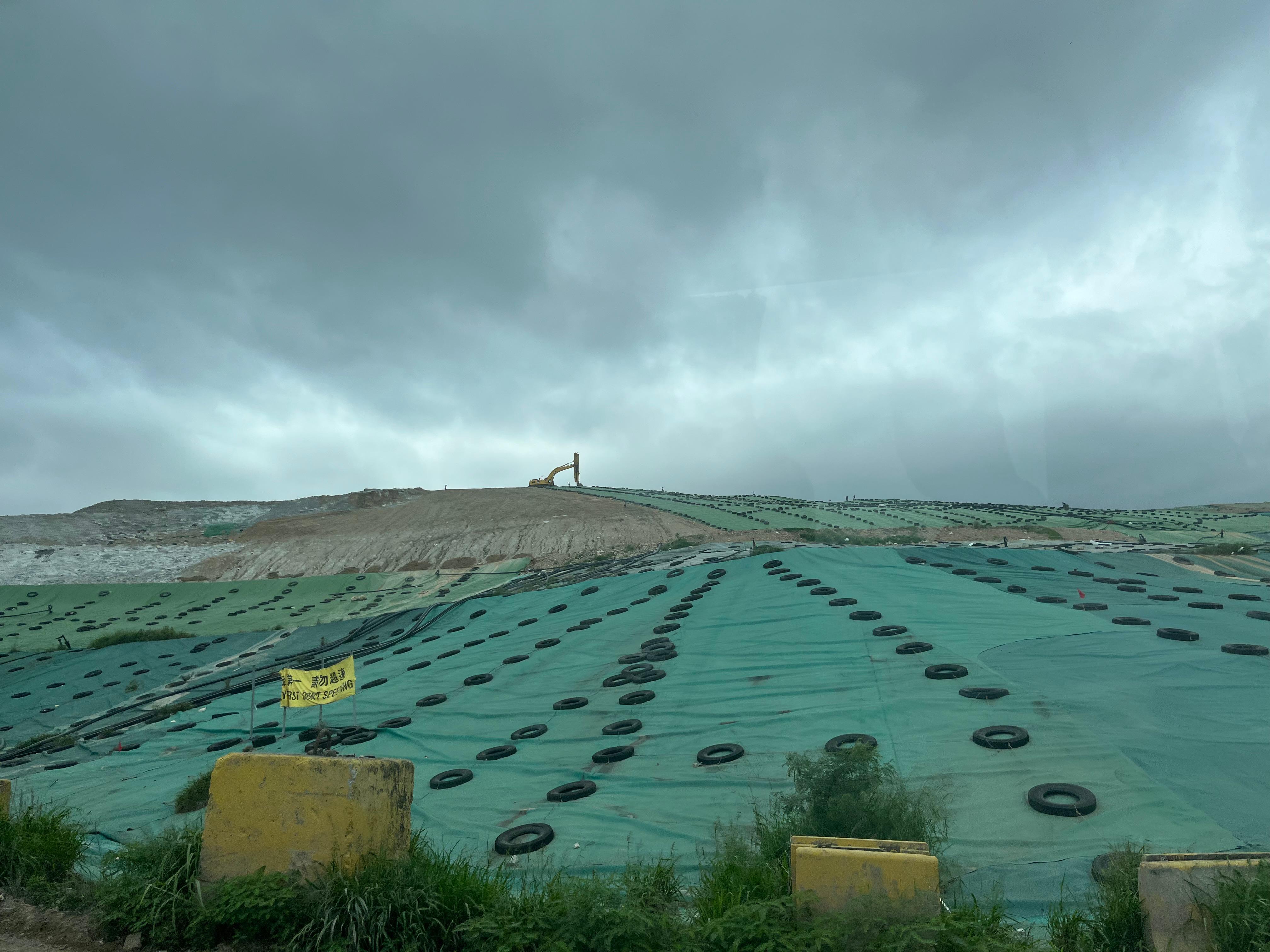Don’t Let Coronavirus Waste Overwhelm Hong Kong’s Landfills In 2021
 03 Jan 2021
03 Jan 2021
- Category
- Keywords

In 2019, Hong Kong fell short on several key waste reduction targets. The continuing use of disposable face masks, popularity of online shopping and food delivery will only exacerbate the problem.
As we step into 2021, all of humanity is hoping that the worst impact on our economy, society and environment of the Covid-19 pandemic will soon pass. This was the general theme of the New Year messages I received from my friends.
Several vaccines have been successfully developed and will soon be deployed in Hong Kong and other countries. Despite the optimism on the vaccine front, letting down our guard on both health and environmental protection is not an option. In particular, the environmental impact of the drastic increase in the use of disposable face masks and takeaway food cartons during Covid-19 cannot be underestimated.
Hong Kong’s waste crisis is already dire. The city’s Monitoring of Solid Waste report offers a clear picture of the composition of waste, its disposal and recycling trends. Not only is it unacceptable that the Environmental Protection Department took almost a year to release the 2019 report, several key indicators in the report fall well short of the targets for waste reduction set in the Blue Print for Sustainable Use of Resources 2013-2022.
For example, the daily per capita municipal solid waste disposal rate dropped only from 1.53kg in 2018 to 1.47kg in 2019, a negligible amount in terms of the 2022 target of 0.8kg.
Another example is the overall waste recycling rate: in 2010, it was 52 per cent. Since then, it has declined continuously to 29 per cent in 2019, far short of the 2022 target of 55 per cent. The paper recycling rate dropped from 41 per cent in 2018 to 35 per cent in 2019.
Are our policies are unrealistic? Or are the authorities simply not implementing them effectively?
A third example is polyethylene terephthalate (PET) bottles. Daily disposal dropped from 139 tonnes in 2018 to 121 tonnes in 2019. But this is probably due to fewer such bottles being used, thanks to the concerted efforts of society in tackling single-use beverage containers. The Green Earth continues to campaign for the government to make beverage producers legally responsible for their packaging waste.
A fourth area of concern is the recycling rate of plastic. Although it increased slightly in 2019, it is still only 8 per cent.
The EcoPark is a government initiative supposedly aimed at supporting the local recycling industry. However, we keep hearing of successful bidders who handle food waste, paper and plastic deciding to exit the EcoPark. Those who remain are struggling to obtain locally generated waste material to process in their plants.
They complain that their business projections were based on a key action promised in the 2013 blueprint – the passage of municipal solid waste charging legislation and the setting up of producer responsibility schemes.
Unfortunately, the waste charging bill has languished for over a decade without being enacted, while the proposed producer responsibility scheme for plastic bottles has been narrowed down to regulate plastic beverage bottles only.
Mainland China has made clear it will completely ban imported waste from this year. So Hong Kong is losing the advantage of proximity to the mainland when it comes to waste recycling.
Moreover, the Basel Convention controlling the international movement of toxic waste has tightened restrictions on plastic waste. The new rules, which came into effect this month, mean that Hong Kong recyclers will face fresh difficulties in exporting recyclables.
It is likely that an increase in packaging waste will be reflected in the 2020 figures as more people ordered takeaway food during the pandemic, and online shopping, where packaging waste is inevitable, became more popular.
Apart from the increase in packaging waste, disposable face masks have become a new kind of plastic pollution that warrants our attention.
The government might argue that the average disposable face mask is rather light and therefore won’t add much pressure to landfills. However, the huge quantity of masks and potential hazards to public health and the ecosystem cannot be taken lightly.
A survey by a green group released in November found that 92 per cent of respondents often wore disposable face masks. The Environment Bureau has estimated that the city disposed of 6 million masks a day in 2020. This means that in one year, our landfills will have swallowed 2.19 billion masks made of plastic, provided that none of them are tossed carelessly into the ocean to end up in the stomach of marine animals.
We are likely to continue using disposable masks for much of 2021, as health experts have encouraged people to keep wearing face masks even after they have been vaccinated.
I have been wearing reusable face masks, which protect my health while saving hundreds of disposable masks from landfills. Lately, I came across a reusable facemask with a filtering efficiency that the manufacturer claims will not weaken even after 100 washes. That means a person would need only three or four of these masks for a whole year.
To protect ourselves and the environment from the harm caused by Covid-19 and other environmental crises, we must make changes to our behaviour and lifestyle. Simple steps such as choosing reusable items, conserving energy, reducing meat consumption, and shopping according to actual need rather than limitless desire will all help to restore our planet’s health.
The hard times of 2020 won’t be carried forward if we all turn a green page in 2021.
Edwin Lau
Executive Director, The Green Earth
03 Jan 2021 SCMP


 Green Talks
Green Talks 

 Back
Back
 08 Jul 2022
08 Jul 2022



